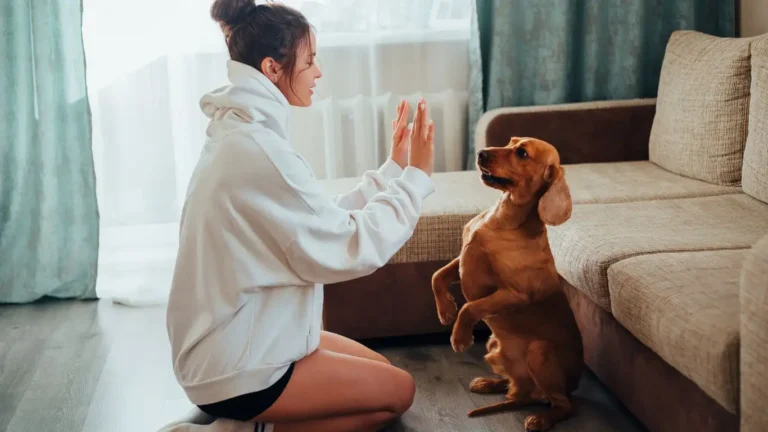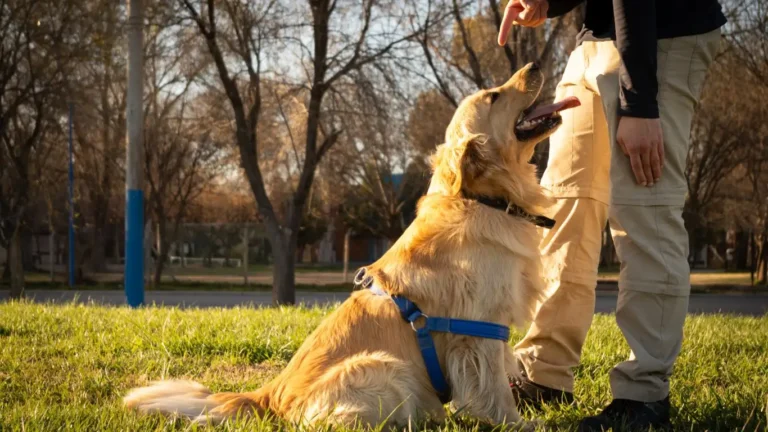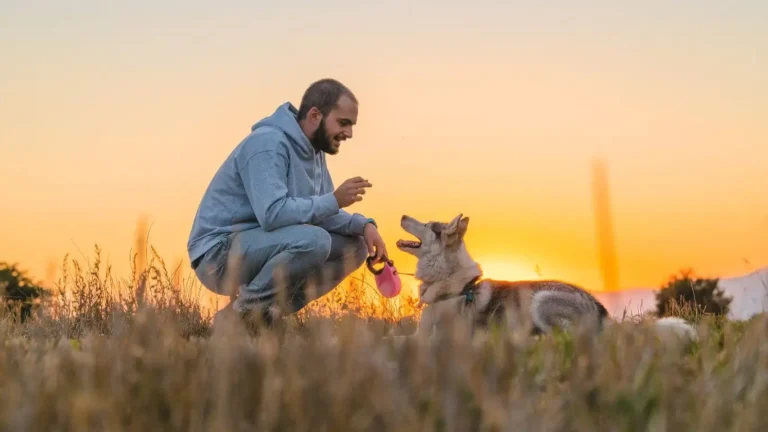Transform Stress into Calm: How to Train a Dog to Behave in a Waiting Room
If you’ve ever wrestled with a restless pup in a crowded vet’s office, you’re not alone. I’ve been there—plenty of times. Teaching pet parents how to train a dog to behave in a waiting room is honestly one of the most practical skills I share as a Canine-Assisted Therapy Trainer. It’s not just about obedience—it’s about setting your dog (and yourself) up for calm, confident success in what can be a pretty overwhelming space. Whether you’re at the vet, groomer, or even a pet-friendly café, a dog that can sit still, stay relaxed, and be polite is worth its weight in gold biscuits.
Why Waiting Rooms Are a Big Deal for Dogs
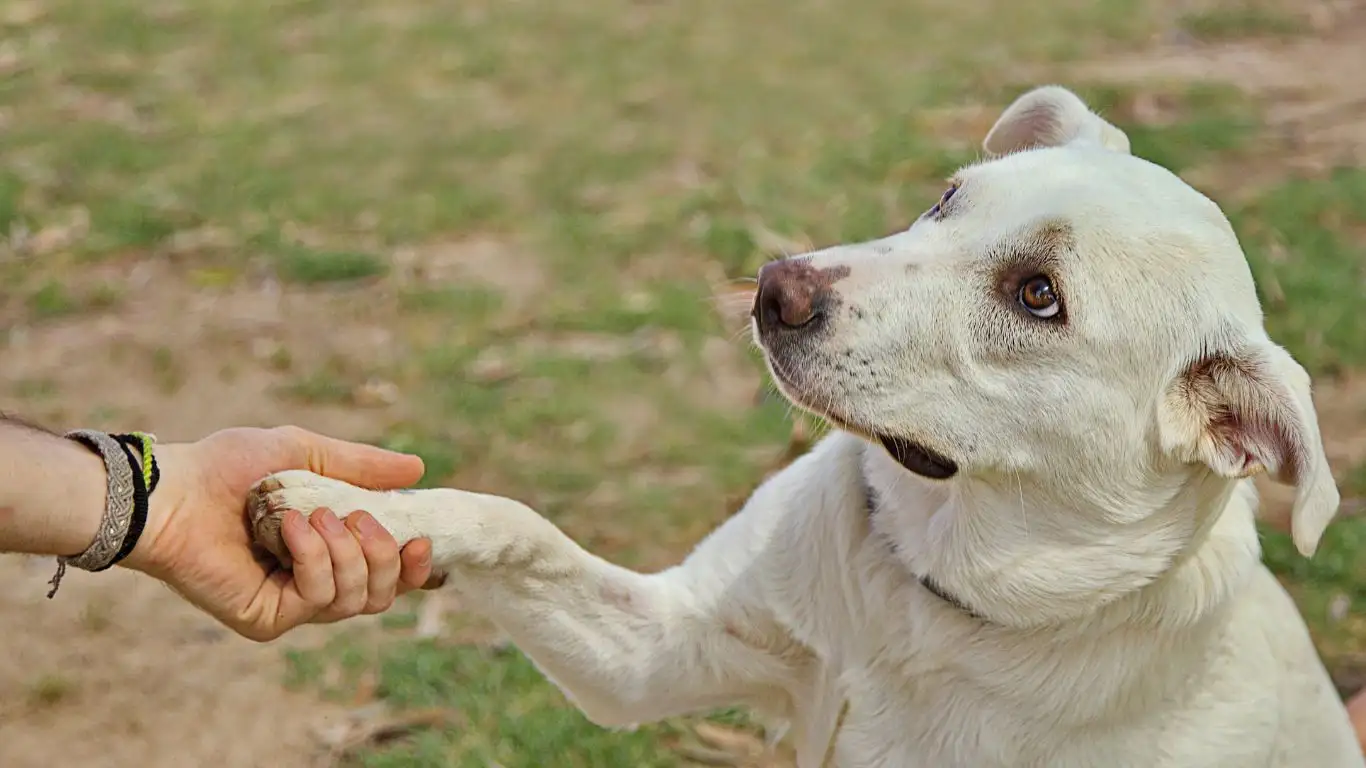
Let’s be real—waiting rooms are sensory overload for most dogs. Think about it: new smells, strangers, other animals, unfamiliar sounds… it’s a lot. From my experience, even the most well-behaved therapy dogs can feel off in these environments, especially if they haven’t been properly conditioned for it.
That’s why structured exposure and patience are key. I’ve had dogs freeze in the doorway and others try to be the welcoming committee for every person walking in. The goal isn’t perfection—it’s progress. Small wins matter. A quiet sit for 30 seconds? Celebrate it.
Common Challenges in Waiting Rooms
- Excessive barking or whining
- Leash pulling or lunging at other pets
- Anxiety-induced behaviors (pacing, panting, drooling)
- Jumping on people or furniture
Each of these behaviors is a communication. Your dog isn’t trying to be “bad”—they’re just overwhelmed and unsure of what’s expected. That’s where your training toolbox comes in.
Setting the Stage: Prepping Before You Even Leave Home
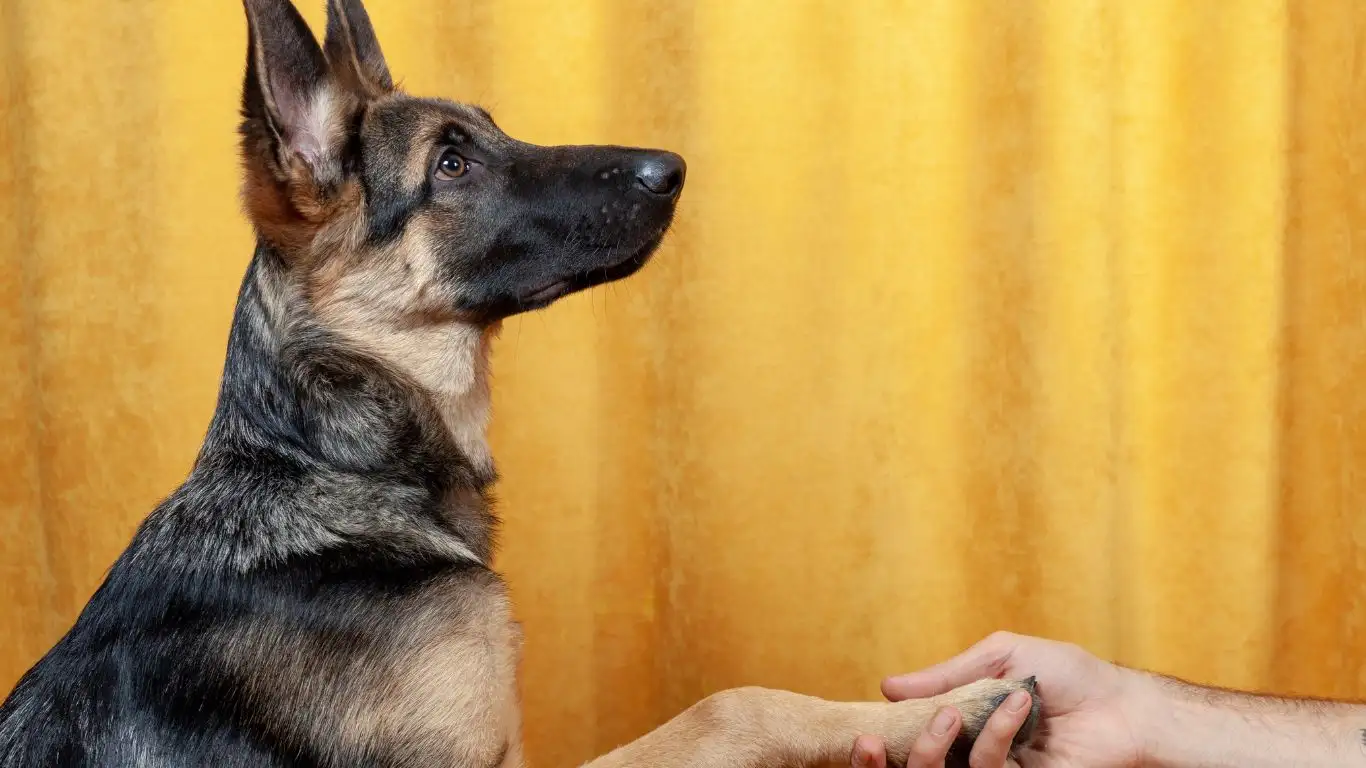
Believe it or not, how to train a dog to behave in a waiting room actually starts long before you ever step foot inside one. I always tell my clients: if your dog can’t hold a sit-stay in your quiet kitchen, a noisy vet’s office is going to feel like a rock concert. Start small, then build up.
Quick Prep Checklist:
- Basic Commands Solidified: Make sure your dog reliably responds to sit, stay, leave it, and look at me.
- Desensitize to the Carrier or Leash: Many dogs associate these items with stressful trips. Use them in fun ways at home.
- Short Training Sessions in Public Spaces: Practice at places like a quiet park bench or store entrance before working up to busier spots.
One thing I love doing is treating regular errands as training opportunities. I’ve sat outside pharmacies with my golden retriever, just watching people go by and reinforcing calm behavior with soft praise and tiny treats.
Arrival Matters: First Impressions Count

That first step into the building can set the tone for the whole visit. If your dog rushes through the door like it’s the starting gate at a race, it’s going to be harder to reel them in later. Here’s my go-to strategy:
Start Calm, Stay Calm
- Approach Slowly: Let your dog sniff and observe. No need to rush them in.
- Pause at the Door: Ask for a sit before entering. Reward that calm behavior right there.
- Mind Your Energy: If you’re nervous or rushed, they’ll feel it. Deep breaths help both of you.
I’ve seen huge improvements in behavior just from this small routine tweak. One client’s rescue pup used to bolt inside the clinic and bark nonstop. Now, with consistent pre-entry pauses and some chilled-out breathing from both ends of the leash, she walks in like a pro.
What to Do While You’re Waiting

Alright, you’ve made it inside—now what? This is the part where most dogs (and honestly, a lot of humans) get antsy. I’ve sat through countless waiting room stints with everything from hyperactive terriers to nervous shepherds, and the trick is keeping your dog’s brain gently occupied without overstimulating them.
Your goal here is to be your dog’s anchor. This is where the bond you’ve been building really pays off. That steady presence, plus some thoughtful engagement, can completely shift your dog’s vibe in the space.
Low-Key Engagement Ideas
- Hand Targeting: Ask for a “touch” where your dog boops their nose to your hand—super easy, calming, and familiar.
- Watch Me: Eye contact is connection. Plus, it gives your dog something to do besides stare at that barking poodle across the room.
- Quiet Chews: Bring a high-value chew like a stuffed Kong or a bully stick if your dog handles them well. Keeps their mouth busy and stress levels down.
I remember one golden doodle I worked with who used to tremble in waiting rooms. We practiced “watch me” in all kinds of quiet and noisy places, and by the time we hit the vet again, she locked eyes with her handler and stayed focused—even with a cat yowling nearby. That’s the power of building emotional safety through training.
Body Language: What Your Dog Is Telling You

If there’s one thing I emphasize over and over again, it’s reading your dog’s body language. A wagging tail doesn’t always mean happiness, and a yawn might not mean your dog is tired—it could be a stress signal. When you’re learning how to train a dog to behave in a waiting room, paying attention to these small signals is crucial.
Subtle Signs of Stress
- Lip licking (without food around)
- Yawning repeatedly
- Pinned-back ears or sudden panting
- Excessive sniffing of the floor
- Turning the head or body away from other animals or people
These are your cues to adjust. Maybe move to a quieter corner, do some calming touch (if your dog enjoys that), or offer a treat scatter to break the tension. The more you respond gently to their signals, the more they trust you to advocate for them—and the more their confidence grows over time.
Handling Unpredictable Moments
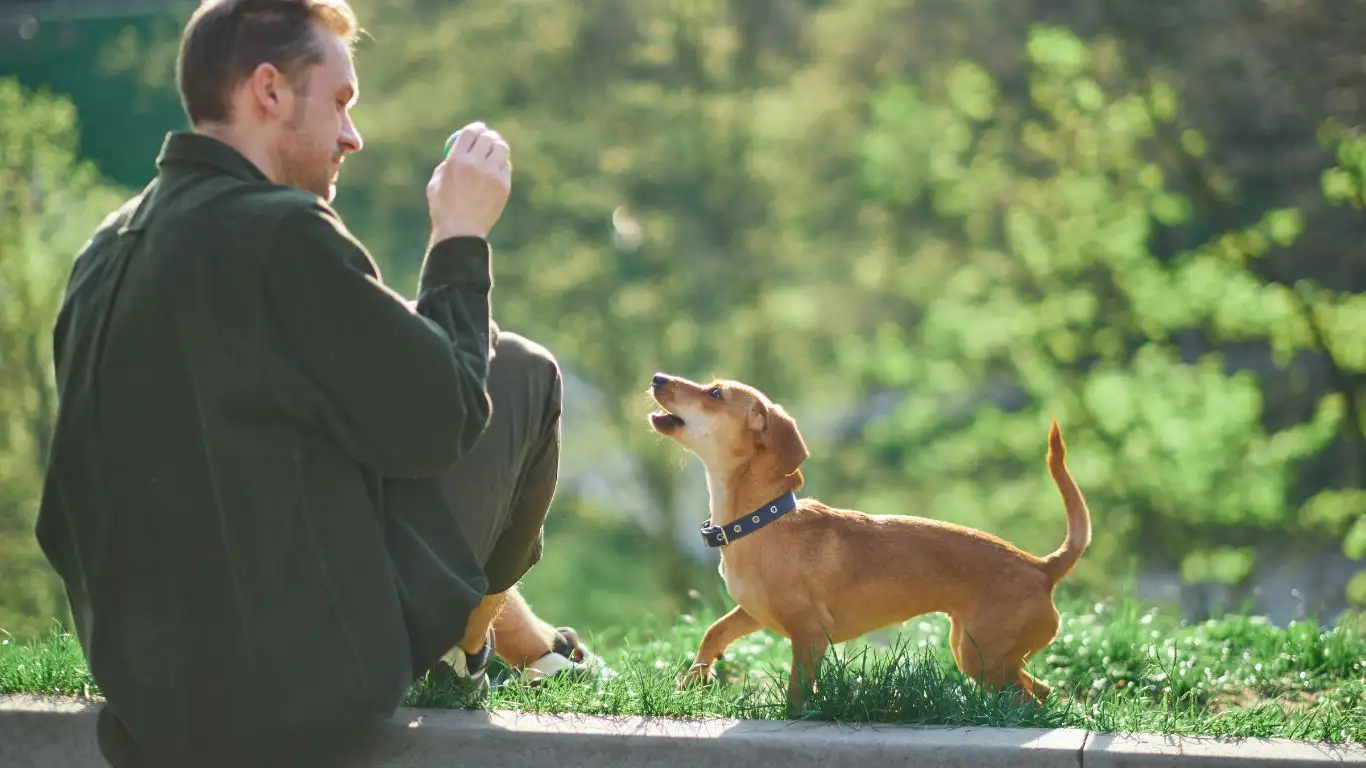
No matter how much prep you’ve done, waiting rooms come with surprises. A door slams, a dog barks, someone drops a metal clipboard—welcome to real life. The key here isn’t preventing surprises (you can’t) but managing your dog’s reaction to them.
My Go-To Recovery Moves
- Interrupt & Redirect: If your dog startles, gently interrupt with their name or a light touch and redirect them with a simple command like “touch” or “look.”
- Shake It Off: Encourage them to move or shake it off—literally. Movement helps release tension.
- Don’t Overreact: Stay cool. If you jump or scold, you’re just adding to their stress bucket.
I once had a young lab mix bolt under a bench during a sudden outburst from a nearby dog. His handler panicked, but we took a beat, let him settle, and slowly coaxed him out with soft praise and a little peanut butter magic. By the end of the visit, he was curled up at her feet again. That’s a huge win in my book.
Practice Makes Progress
Training for real-world stuff like waiting rooms isn’t a one-and-done. It’s about consistent exposure, gentle leadership, and celebrating even the tiniest improvements. If your pup can sit for five minutes today without barking, that’s something to build on tomorrow.
And if it goes off the rails? That’s okay too. I’ve had therapy dogs-in-training who flunked their first few outings before becoming total rockstars. The trick is not giving up—and not being afraid to laugh a little along the way. We’re all learning, two paws at a time.
Transferring the Skills Beyond the Waiting Room

Here’s the cool thing about teaching your dog how to behave in a waiting room—once they’ve mastered it, those same skills carry over to other public spaces. Groomers, cafés, pet supply stores, even outdoor events with lots of foot traffic. The behaviors you’re shaping—calm focus, impulse control, and confidence—translate everywhere.
I had a client with a border collie who, after weeks of practicing vet clinic manners, walked into a noisy farmer’s market and handled it like a pro. All those little training moments in the clinic waiting room set the foundation. It’s all connected.
Real-Life Situational Practice
- Outdoor café tables: Practice longer stays while people come and go.
- Hardware stores or pet shops: Great for walking calmly past distractions on leash.
- Public parks: Watch the world go by while working on down-stays from a distance.
The more your dog generalizes the behavior, the more dependable they become. And let me tell you—there’s nothing better than taking your dog somewhere new and watching them stay chill and grounded because they know what’s expected of them.
What to Bring to Support Your Dog
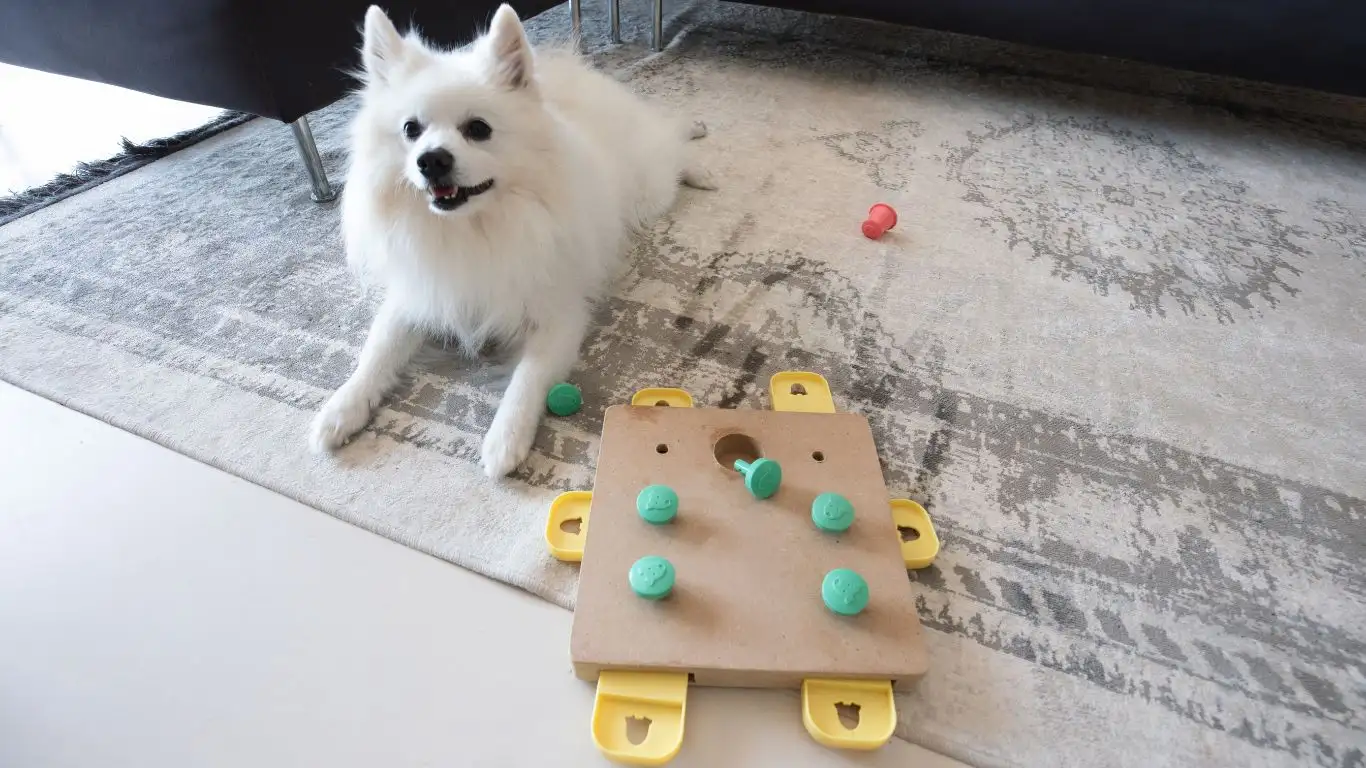
When it comes to helping your dog succeed in a waiting room, showing up prepared is half the battle. I like to think of it as packing a little toolbox—only instead of hammers and screwdrivers, you’re carrying kibble, chews, and a whole lot of patience.
My Must-Have Dog Training Go-Bag
- High-value treats: Something special your dog doesn’t get every day. Think tiny bits of turkey or freeze-dried liver.
- Chew or lick mat: Keeps them busy, provides calming oral stimulation, and can anchor them during stressful moments.
- Mat or towel: Familiar textures help dogs feel safe. It’s like their home base in a strange place.
- Poop bags & wipes: Just in case. Always better to be overprepared.
- Water bottle with foldable bowl: Stress can dry dogs out fast, and hydration helps them stay physically calm.
Having these things on hand not only makes your life easier, but also signals to your dog: “Hey, I’ve got you. We’re in this together.” And that kind of emotional safety? It goes a long, long way.
When to Get Professional Help
Sometimes, despite your best efforts, things just aren’t clicking—and that’s okay. Not every dog will breeze through this on their own. If your pup is showing extreme fear, reactivity, or if the stress seems to be escalating with each visit, it might be time to call in backup.
As a Canine-Assisted Therapy Trainer, I’ve worked with tons of dogs who needed a little extra help. That could mean partnering with a certified force-free trainer, or even looping in a veterinary behaviorist if anxiety is severe. You’re not failing your dog by seeking help—you’re advocating for them.
Signs You Might Need a Pro
- Your dog freezes or shuts down in the waiting room
- Growling, barking, or lunging at other animals or people
- Physical symptoms like vomiting, trembling, or diarrhea due to stress
- You’re feeling overwhelmed or unsure about what to do next
Remember, training isn’t one-size-fits-all. It should always be tailored to your dog’s needs, temperament, and emotional health. That’s where professional guidance can really shine—helping you navigate the rough spots with compassion and clarity.
Wrapping It All Together
Teaching your dog how to behave in a waiting room is one of those things that seems small, but it ripples out in big ways. It’s about trust, communication, and shared experiences that strengthen your bond.
I’ve seen so many dogs go from trembling messes to confident companions just by following these small, consistent steps. And when you sit down in that waiting room, leash in hand, dog calmly lying at your feet—you’ll know the work was worth it.
So take your time. Go at your dog’s pace. Celebrate progress, not perfection. And above all, be your dog’s safe space, especially when the world outside feels a little chaotic.
References
Disclaimer
This article is based on personal professional experience as a Canine-Assisted Therapy Trainer and is intended for educational purposes only. It does not replace individualized advice from a certified dog trainer, behaviorist, or veterinarian. Always consult a qualified professional when addressing behavior challenges that cause concern.

